Belmore Court: Your next best stay in the West
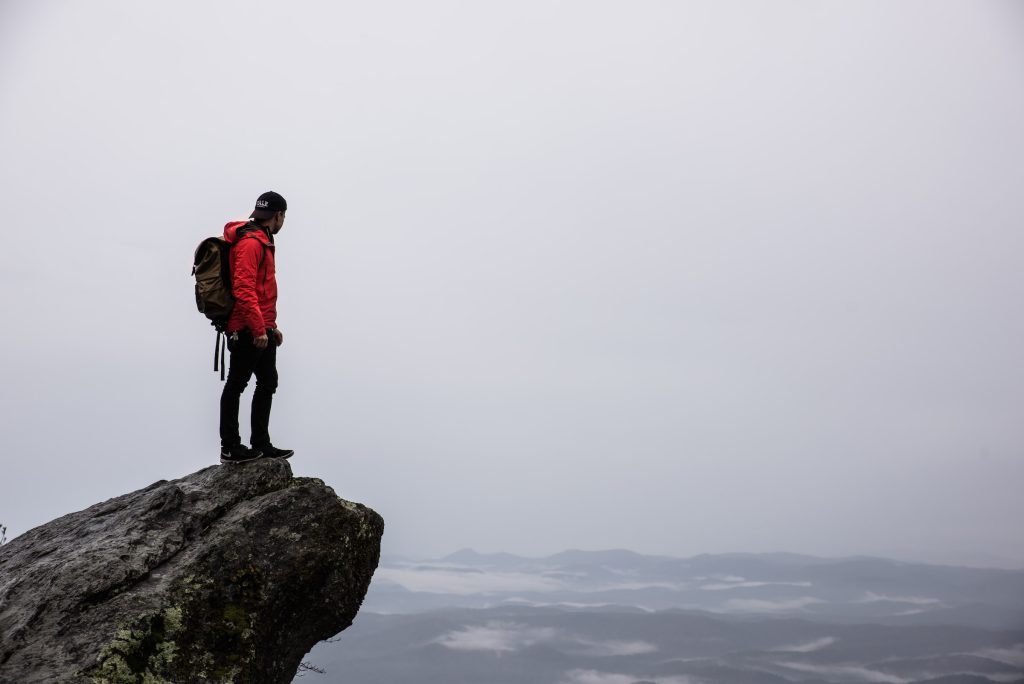
Would you like to sponsor this article?

Hiking is without doubt an exhilarating experience. I grew up near Rostrevor below the Mourne Mountains in County Down. I still relish getting up to the top of Slieve Martin to relax and take in the stunning views of Carlingford Lough from a higher perspective. Hiking in the Mournes is where I get to put my gym strength and fitness to the test. Strength training helps me to power up to the summit with more ease than I otherwise would. It enables me to reach sea level again while keeping my joints intact and my bones safer.
READ: Snapshot Trek: Slieve Bearnagh
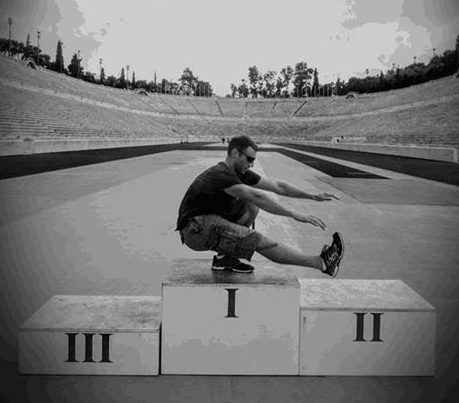
READ: Favourite Trek: Two Blondes Walking
There are 3 main elements which make this possible:
Basically, when you descend in a squat this tends to be feel like the “easiest” part of the repetition – IF you allow gravity to suck you down. However, when you let yourself down slowly, controlling your decent with your quad muscles, this builds important strength in your legs which directly translates to descending a mountain path.
You know that burning feeling you get when you’re climbing up a steep hill?
When you train your legs with the exercises I mention below (and their varieties) it forces your muscles to become more efficient. This means your muscles will be able to deal with lactic acid better and they will make better use of the oxygen supplied in your blood.
Hiking can be rough on your ankles, knees, hips and lower back. When you develop greater strength and mobility in your joints it helps to keep you safer as you deal with uneven surfaces, rough terrain and the inevitable impact caused by steep gradients. Gym work increases the strength of your joints, ligaments and tendons as well as your muscles.
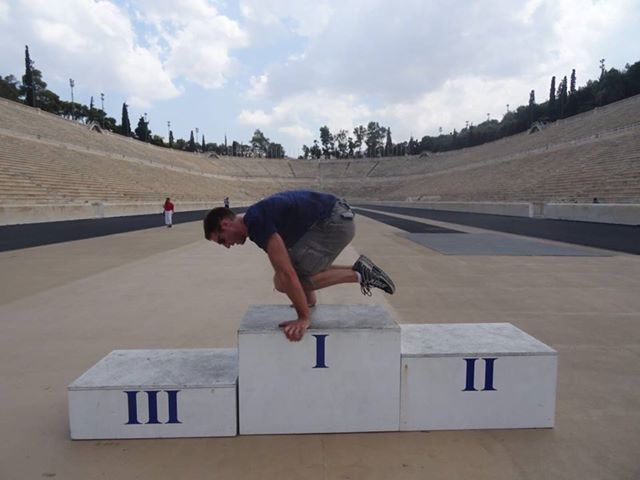
Squats are possibly the best-known lower body exercise. Goblet squats are a great variation as they challenge your core, arms and emphasise your quadriceps more than some other squat variations.
As eluded to above, focus on controlling the downward phase of the lift, pause at the bottom of the rep for one or two seconds and then stand up sharp.
Start by using a light enough weight so that you can perform fifteen or twenty reps without your technique being compromised, but heavy enough to challenge you.
When you break down steeper climbs to their basic movements, you’re essentially lunging up the mountain. It makes sense to train in this way in the gym, under control.
Lunges develop single leg strength, hip stability and greater mobility in your ankles. On top of this, lunges have a sneaky way of elevating your heartrate and getting you out of breath. This helps to enhance your cardiovascular system and builds great muscle efficiency in your lower limbs. Start off using your own bodyweight and then start adding weight, increasing the load as you improve.
Climbing mountains inevitably involves climbing up elevated surfaces on a repetitive basis. High Step Ups improve your balance, single leg hip strength, coordination and hip flexor stamina.
As a rule of thumb, a good height to train with is one which is approximately the same as your knee. As your strength and power improve you can increase this height accordingly.
Posterior chain strength is incredibly important when climbing mountains. Basically, this means your glutes (butt muscles) and hamstrings are active, strong and are doing their fair share of the work. This alleviates pressure on your lower back and enables you to sustain a strong posture throughout your climb.
Romanian Deadlifts are a great option to work your hamstrings and glutes using either dumbbells or a barbell. Be sure to focus on the lowering of the weight so you feel a stretch on your hamstrings, pause at the bottom, then dig your heels into the ground to use your glutes to drive you back up to the top with your core tight.
We all know that the Plank works your core when it’s performed correctly. On long treks, if your core breaks down, your posture wilts and this can lead to potential injuries and joint paint. By building a stronger, more resilient core using the Plank (and other core exercises) it will leave you in much better shape to take on even the toughest climbs with confidence.
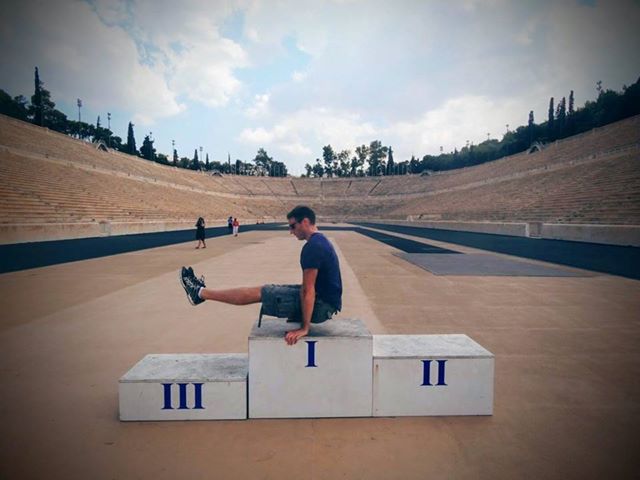
This depends on your lifestyle and the frequency of your hiking. Three times each week with a day to rest in between would be ideal, although one or two training sessions weekly would reap huge benefits to the avid hiker.
Try adding some of these into your weekly routine and before long you’ll be powering up the mountain side and cruising back down again with relative ease. Your knees, ankles, back and hips will feel less tired and achy and you’ll significantly reduce your chances of picking up strains, sprains and other unwanted niggles.
Visit Cross Functional Fitness for more info.
 Belfast,Photography
Belfast,Photography
5 scenic walks around Lisburn
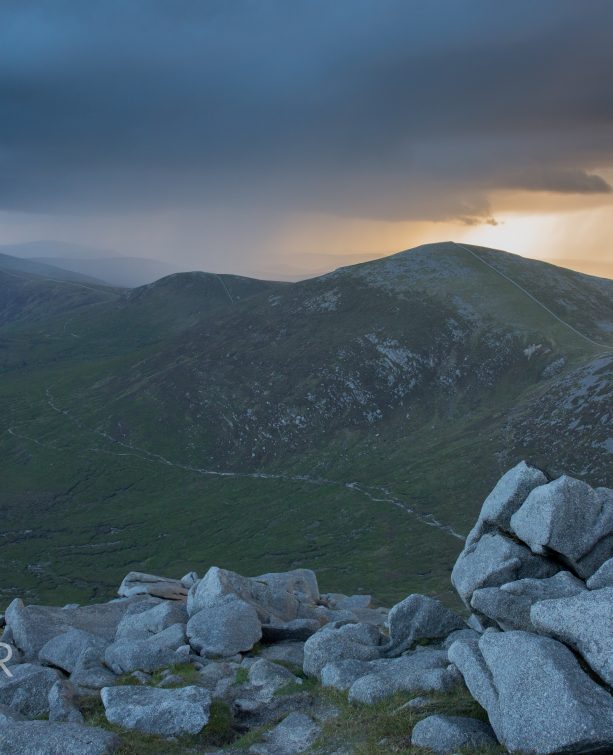 Mourne Mountains
Mourne Mountains
Bearnagh: Chased the sunset, caught the rain
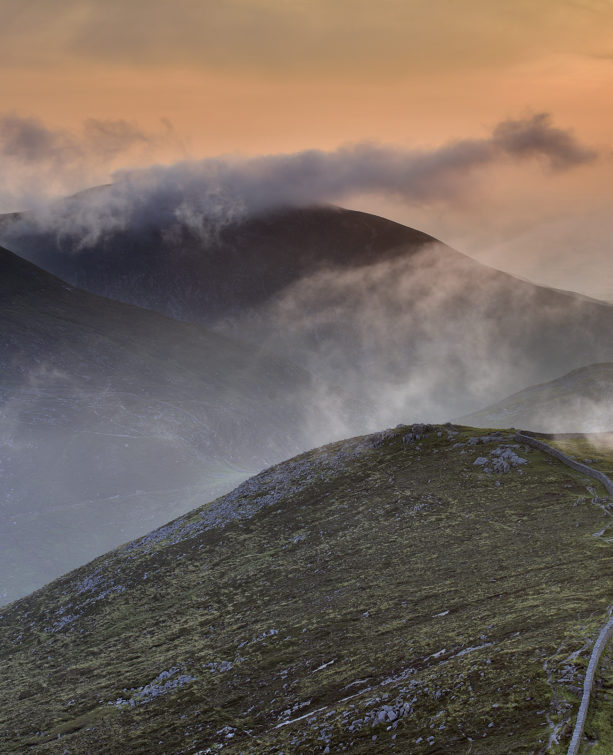 Mourne Mountains
Mourne Mountains
Camping in the High Mournes
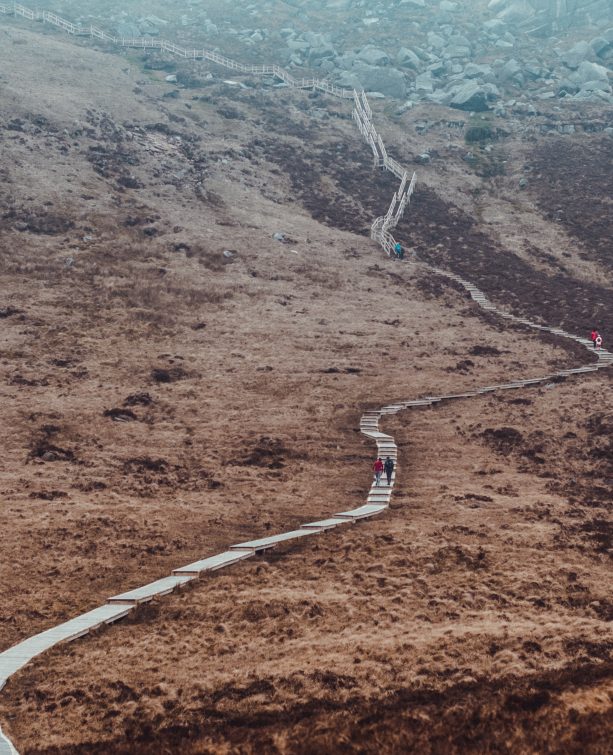 Fermanagh and Tyrone
Fermanagh and Tyrone
Cuilcagh: Stairway to Heaven
 Features
Features
Every Game of Thrones Location in Northern Ireland
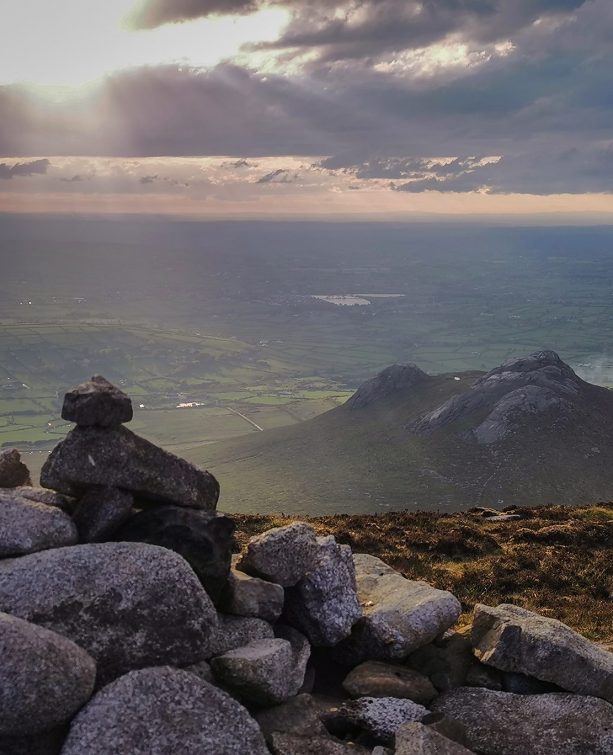 Mourne Mountains
Mourne Mountains
Hen and Cock Mountains
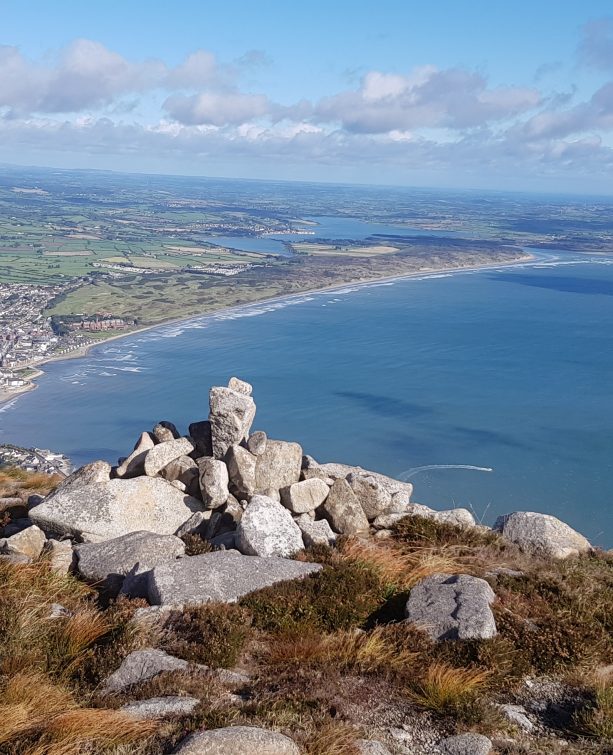 Mourne Mountains
Mourne Mountains
Leganabrachan, Millstone and Thomas: Donard’s Seaside Bodyguards
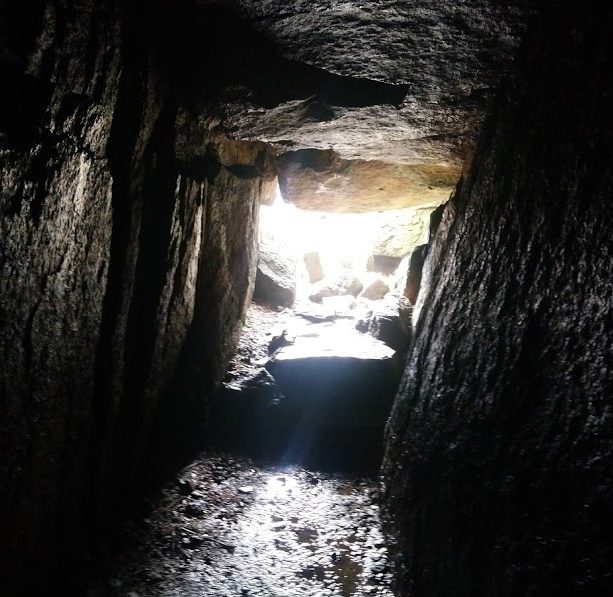 Mourne Mountains
Mourne Mountains
Percy Bysshe and Cove Caves